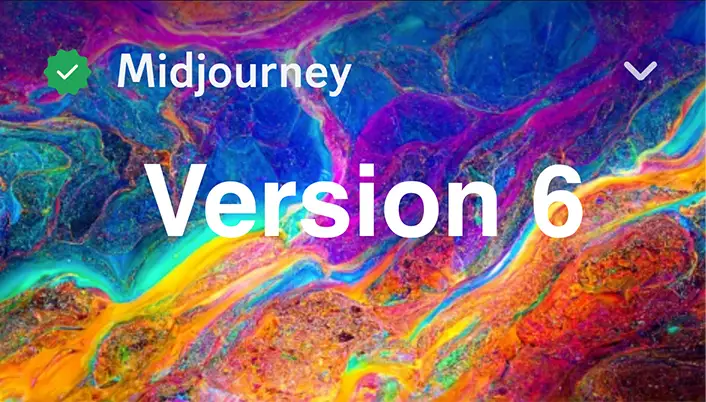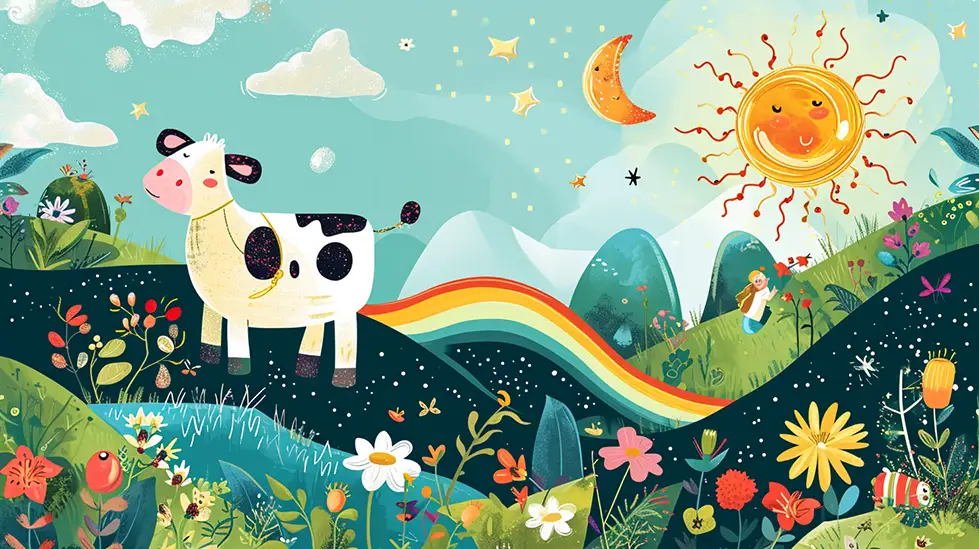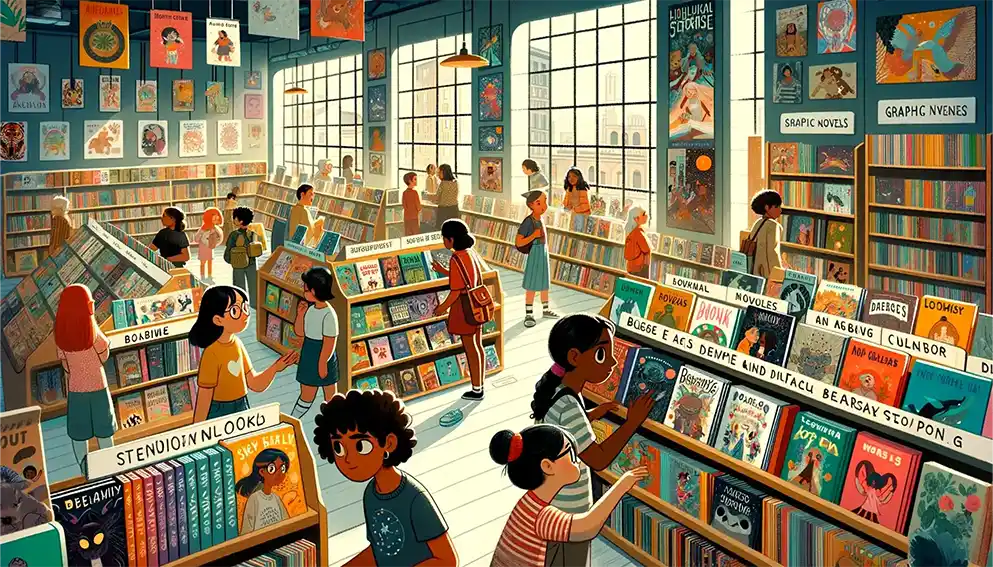Summary:
-
- Midjourney’s character reference feature significantly enhances character consistency in storytelling.
-
- The feature streamlines the creation process, acting as a digital assistant for artists.
-
- It opens up new creative possibilities through advanced customization and style integration.
AI is transforming the way creators approach character design, storytelling, and visual consistency. Midjourney’s latest feature, character reference aka character consistency, marks a significant milestone in this journey, offering unprecedented capabilities for artists, especially those crafting narratives and stories. So, how do you use this feature which has the potential to bring your storytelling to life?
Introduction: Character Consistency
Character consistency—the art of maintaining the same visual appearance of a character across various scenes—is crucial in storytelling. It not only aids in character recognition but also enhances the reader’s connection to the narrative.
“Consistency in character design is essential for immersive storytelling, especially in children’s books where visuals play a leading role,” – Frank A. O’Donnell.
Midjourney’s new feature directly addresses this need, offering a solution to a long-standing challenge in AI-generated artwork.
Getting Started with Midjourney’s Character Reference Feature
Midjourney introduces a groundbreaking character reference feature, enabling artists to generate illustrations that maintain character integrity across multiple images. This tool is akin to having a digital artist’s assistant who never loses sight of your character’s core attributes.
How to Set Up and Use the Character Reference for Your Project
-
- Initiate Your Character Design: Begin with creating a comprehensive character sheet. This should include various poses, expressions, and outfits to cover the range of your story’s scenarios.
prompt: various angles and poses of a [character], character design sheet various poses and expressions. –ar 16:9
-
- Utilize the Character Reference Command: With your character sheet ready, use the –cref command followed by an image of your character to inform Midjourney of your reference. Adjust the character’s weight using the –cw option with a value between 0 and 100, to specify how closely the generated images should follow your reference image/s. The default –cw is set to 100 and will copy everything including the clothes of the character. The opposite is 0 which only copies the face and is great for changing the hair, clothes and accessories of your character.
prompt: a [character description], jumping over a fence.
Strategies for Designing Memorable Characters with AI
-
- Focus on Expressions and Poses: Capture a wide range of emotions and actions to ensure your character can fit into any scene.
-
- Adjust Character Details: Utilize the character weight adjustment to modify details like outfits and accessories, allowing for variety while maintaining consistency.
Advanced Techniques for Character Customization
Midjourney’s feature extends beyond simple replication, offering tools for nuanced adjustments that breathe life into your characters.
-
- Combining Character and Style References: For a cohesive look across your book, combine character references with style adjustments using the –sref command. This ensures that your character not only remains consistent but also aligns with the book’s overall style and theme.
-
- Use the repeat parameter: To generate multiple character designs and images I use the –repeat “value” parameter. Simply add –repeat 3 to your prompt to get 3 times more results.
Practical Applications: From Concept to Final Illustration
The true potential of Midjourney’s character consistency feature shines in its application to real-world projects. Consider the journey from initial character design to a series of illustrations that tell a compelling story.
-
- Design Your Character Sheet: Start with a diverse character sheet. Include various poses, expressions, and scenarios.
- Generate Initial Illustrations: Use your character sheet as a reference to create initial illustrations, adjusting the character weight to suit each scene.
- Refine and Finalize: Enhance your illustrations with Photoshop for final touches, ensuring each image perfectly captures your character in the context of your story.
Future of Illustration with AI Technology
Midjourney’s character consistency feature represents a significant leap forward for creators, particularly in the realm of children’s book illustrations. It not only simplifies the process of maintaining character integrity but also opens up new avenues for creativity and storytelling. As we continue to explore and integrate these AI tools into our workflows, the horizon of what’s possible in digital art and storytelling expands, promising a future where our creative visions can be brought to life with unprecedented ease and precision.
Incorporating various presentation elements such as quotes, tables, and step-by-step guides, this article aims to provide a comprehensive understanding of how to leverage Midjourney’s character consistency feature. By harnessing this technology, creators can push the boundaries of their creative endeavors, ensuring that each character remains true to their vision across the expanse of their storytelling universe.

Ravjar Said is an engineer passionate about social impact. In his spare time, he runs Snowball AI – a YouTube channel exploring the intersections of artificial intelligence, education and creativity. Through innovative projects, he hopes to make AI more accessible and beneficial for all. Ravjar loves helping bring people and technology together for good.




